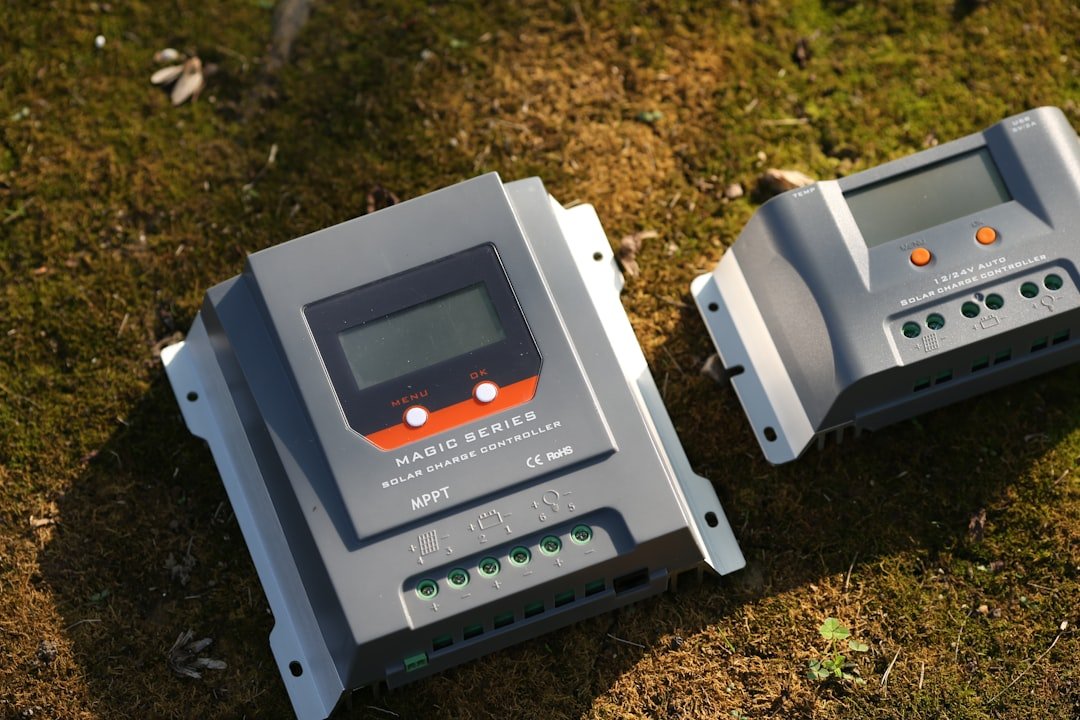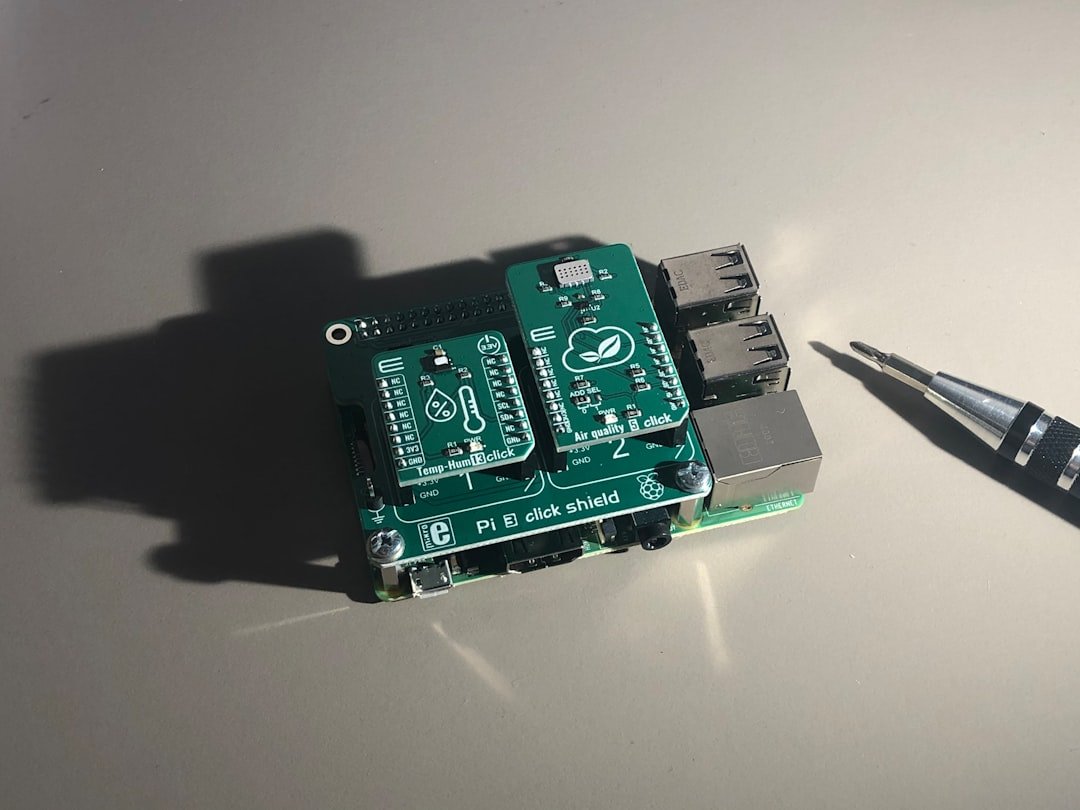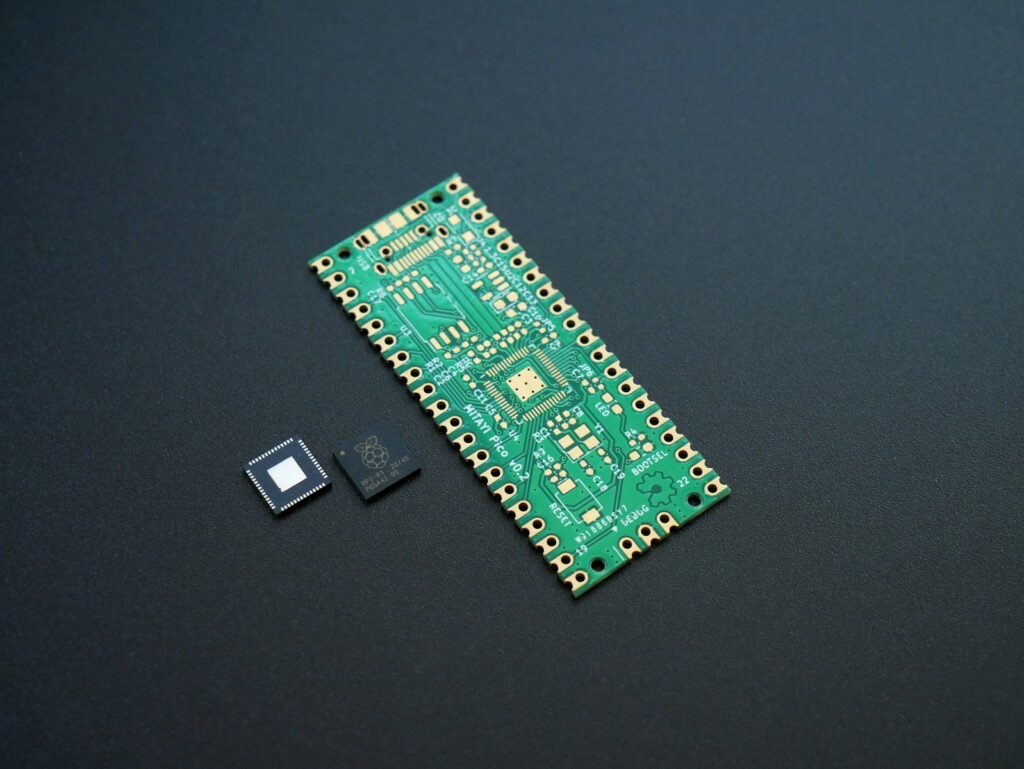The idea sounds almost mythical: clouds of tiny sensors drifting through forests, deserts, and cities, quietly reading the world’s pulse. Yet after years of prototypes and lab demos, that vision is edging toward field reality. From wildfire-prone canyons to fragile wetlands, researchers are testing networks of micro‑devices that can sense heat, humidity, motion, chemicals, or sound – and do it at a scale we’ve never had before. Satellites give us the big picture and station towers provide depth at single points; smart dust aims to fill in the missing texture between them. If it works, the way we track environmental change could shift from snapshots to a living, breathing map.
The Hidden Clues

Nature leaves hints everywhere – whispers of rising soil moisture before a flood, faint increases in particulate matter before a smog event, a subtle uptick in heat hours before a crown fire erupts. Most of these signals fade before they ever reach a satellite or a sparsely placed monitor. Smart dust targets the in‑between moments, the overlooked corners under tree canopies, inside street canyons, and along the edges of rivers where change begins. Think of it as turning the planet’s surface into a dense array of nerve endings rather than a few stethoscopes.
In practice, that means scattering grains typically measuring a few millimeters across a landscape to create a sensing fabric that feels local conditions minute by minute. Instead of waiting for a weekly overpass or a technician’s next visit, the environment speaks continuously. The promise is subtle but powerful: catch the early tremors of trouble, and you can respond while they’re still small.
From Ancient Tools to Modern Science

Environmental monitoring has always been a game of trade‑offs. Early field science leaned on notebooks, analog gauges, and a lot of walking; later, we gained satellites that see continents and stations that log data in place. Drones helped fill gaps, but they’re still episodic and limited by battery life and flight rules. Smart dust folds lessons from all three: the intimacy of a field notebook, the reach of satellites, and the speed of drones, all at once.
I remember lugging a handheld air monitor across a city heat island and realizing how quickly neighborhoods changed block by block. That experience sits at the heart of smart dust – hyperlocal differences matter. When sensors become nearly invisible and cheap, you stop sampling a place and start inhabiting it with instruments, the way a mycelial network threads through soil to sense everything at once.
How Smart Dust Works

Under the hood, these motes combine four building blocks: a sensor, a brain, a power source, and a way to talk. The sensing piece can be as simple as a tiny thermistor or as specific as a gas detector tuned to methane. Processing is stripped down to ultra‑low‑power chips that wake only when needed, compress data, and sleep again. Power often comes from energy harvesting – thin solar, vibrations, or thermal gradients – because conventional batteries don’t scale well at dust size.
Communication is the trickiest part. Some concepts use backscatter, reflecting existing radio waves with a data pattern; others rely on short‑range links that hop information to a gateway on a drone, tower, or vehicle. In rugged terrain, optical flashes or ultrasonic pings have been explored to escape crowded radio bands. The engineering goal is simple to say and hard to achieve: sense reliably, transmit sparingly, and survive the weather without human hands.
Why It Matters

The impact isn’t just more data – it’s better decisions at the speed of unfolding events. Compared with traditional approaches, smart dust can deliver spatial density that fixed stations can’t and temporal continuity that satellites miss. That combination changes the kinds of questions we can ask, like how a fire’s heat front moves within a single valley or how urban air composition shifts from one schoolyard to the next. It can also sharpen models, teaching them from thousands of micro‑realities instead of a few averages.
Consider the practical differences:
– Alerts can trigger when a threshold is crossed right where people live or crops grow.
– Maintenance shifts from routine routes to targeted visits when clusters go silent.
– Research expands from curated plots to entire ecosystems, with the messy variability included.
Field Tests and Early Wins

Pilot projects are starting where precision matters most: wildfire corridors, wetlands restoration sites, industrial fencelines, and farmlands gambling on water. In fire country, small sensor nodes placed under canopies track temperature spikes and humidity dips that foreshadow dangerous burn conditions. In coastal marshes, pressure and salinity sensors help map tidal breathing and spot intrusions of saltwater that threaten freshwater species. Around factories and landfills, low‑power gas detectors hunt for episodic leaks that stationary monitors might miss.
Agriculture is quietly becoming a proving ground. Deploy sensors that watch soil moisture and leaf wetness, and irrigation no longer guesses – it adapts plot by plot. Early trials report fewer blind spots, less water wasted, and faster detection of disease‑friendly conditions. None of this is perfect, but the signal is clear: when you measure the right thing in the right place at the right moment, outcomes improve.
Global Perspectives

Smart dust won’t look the same everywhere. In dense cities, motes may ride buses and delivery vans, stitching mobile readings into street‑level maps of air and heat. In forests, biodegradable packages could carry fungi‑friendly sensors that melt back into soil after a season. Arid regions lean on solar harvesting and sparse networks that wake at dawn and dusk when conditions change fastest. Mountain researchers pair motes with gliders and kites to follow temperature layers and wind shears up slopes.
There’s also a justice angle. Communities that have long lived with environmental risks often lack measurement, which makes problems hard to prove and fix. Low‑cost, distributable sensors can flip that script by documenting lived reality block by block. When data is gathered locally and shared transparently, it supports stronger policy, smarter investments, and – just as important – trust.
The Future Landscape

What comes next is a mix of breakthroughs and homework. Engineers are racing to shrink power budgets further, push range without bulky antennas, and design bio‑safe materials that disappear after use. Algorithms will have to learn the rhythms of the landscape, filtering wind‑shaken noise from real change and flagging when a sensor drifts out of calibration. Edge learning – small models running on the mote itself – could decide what matters before a single byte leaves the field.
Challenges remain. Data deluge will strain networks if everything talks at once, and privacy worries will surface if microphones or location traces are involved. Governance will need guardrails for where motes can be deployed, how long they can stay, and who gets access to what. If the tools mature alongside those rules, expect smart dust to blend with satellites and drones into a layered system that sees both the forest and the leaves.
Conclusion

If this future feels close, it’s because it is – and it needs thoughtful participation. Support local air, water, and biodiversity monitoring efforts that invite communities to co‑design studies and share results openly. If you work in land management, ask vendors about durability, end‑of‑life plans, and data stewardship before buying sensors. Educators can fold low‑cost mote kits into class projects that map microclimates around schools and parks.
For the rest of us, pay attention to the everyday signals – smoke on the horizon, heat pooling on dark streets, the quiet after heavy rain – and the data stories that explain them. When a city posts sensor dashboards or a park launches a pilot, take a look, ask a question, and pass it on. The shift to denser, fairer environmental measurement will be built not just by labs, but by people who want to see clearly what’s changing where they live.

Suhail Ahmed is a passionate digital professional and nature enthusiast with over 8 years of experience in content strategy, SEO, web development, and digital operations. Alongside his freelance journey, Suhail actively contributes to nature and wildlife platforms like Discover Wildlife, where he channels his curiosity for the planet into engaging, educational storytelling.
With a strong background in managing digital ecosystems — from ecommerce stores and WordPress websites to social media and automation — Suhail merges technical precision with creative insight. His content reflects a rare balance: SEO-friendly yet deeply human, data-informed yet emotionally resonant.
Driven by a love for discovery and storytelling, Suhail believes in using digital platforms to amplify causes that matter — especially those protecting Earth’s biodiversity and inspiring sustainable living. Whether he’s managing online projects or crafting wildlife content, his goal remains the same: to inform, inspire, and leave a positive digital footprint.




